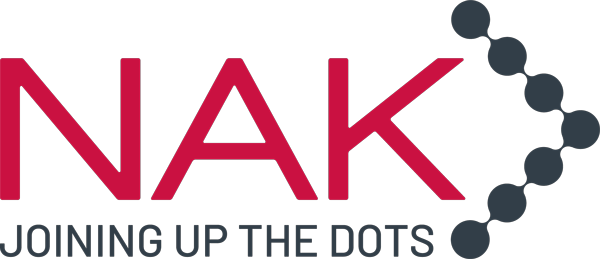SD-WAN technology is not new, the first solution in this area emerged almost a decade ago. However, the recent changes in ‘how we work’ brought about by the pandemic is driving more organisations to look at SD-WAN as a way to support greater agility and virtualisation of their network.
The traditional WAN topology was based on regional offices or branches being connected in a ‘hub and spoke’ method to a central head-office or data centre. Effectively, the corporate network was extended to remote locations on a point-to-point basis normally across an MPLS network. As organisations migrate their IT infrastructure to the cloud and adopt SaaS-based business applications, the need to backhaul all traffic to a central location becomes inefficient. An increasing proportion of this traffic is not destined for central systems, but for the cloud or the internet, rendering the Hub far less relevant.
If we now look at recent times where a high proportion of the workforce is working from home due to the pandemic, and set to do so in what is being termed the ‘new virtualised normal’, the traditional regional offices and branches, the nodes, in the traditional WAN are also becoming less relevant.
So, as I reflect on the requirements of the new corporate network moving forward, I believe there are four key factors that will drive more organisations to explore SD-WAN solutions.
Reduce Unnecessary Cost
Addressing the inefficiencies of backhauling all traffic over an expensive MPLS network when it is destined for the cloud or the internet is still highly relevant. We find that organisations can make considerable cost savings from using SD-WAN to blend traffic between MPLS networks and less costly direct internet circuits. .
With an increase in home working, it is highly likely that you are paying for point-to-point connectivity between remote offices and your central hub that is not currently being fully utilised and is unlikely to be in the future. SD-WAN provides you with a way of re-addressing the balance and reducing this unnecessary cost.
Increase Resilience
According to a recent survey reported in ComputerWeekly, 58% of IT managers said they were facing challenges of more employees working from home and almost half of these were attributed to connectivity bandwidth issues and to lack of infrastructure capacity.
The traditional network by default creates bottlenecks; this is OK when supporting some employees working from home for some of the time, but they were never designed to support most employees working from home all of the time.
To support long-term virtualisation the wide area network has to be more agile, connecting people to the systems and data they need to be able to work, in the most optimum way. It also needs to be resilient, removing single points of failure and leveraging the capabilities of fail-over technologies such as 4G/5G.
Address Security Risks
Gone are the days when you could ensure security by connecting corporate-owned devices over a private MPLS network to your central systems protected by your corporate firewalls. Today the perimeter of your IT network is far-reaching; a multitude of devices connected over a variety of private and public networks not only connect to your systems but a range of cloud platforms.
The risks of any device connecting to any system can only be addressed through a security-aware network. SD-WAN offers significant value here especially when it is part of a Secure Access Service Edge (SASE) approach that enables you to secure access from every device, continually monitor your network and provide the ability to quickly spot abnormal activity.
Improve Visibility
Providing support to a greater virtualised organisation is also proving to be a major challenge. To a user, if they cannot connect or have slow response times – is this an issue with their device, their connection or the performance of your business applications? For your IT team to provide the necessary support for your end-users, they need visibility.
With SD-WAN you gain central visibility and control of your end-to-end network. You are able to view traffic, see in real-time the demand on your network and core systems and quickly identify and rectify potential issues before they become detrimental to service.
As we continue to face uncertain times and look set to adopt more flexible and virtual working in the future, it is important that organisations assess their wide area network in line with changing requirements and consider the options and the benefits that SD-WAN could provide them.
If you would like to discuss your options or want help in assessing your current wide area network infrastructure and connectivity, we would be more than happy to connect you with one of our specialists. You can call us on 0300 456 0471 or email us enquiries@nak.co.uk.

